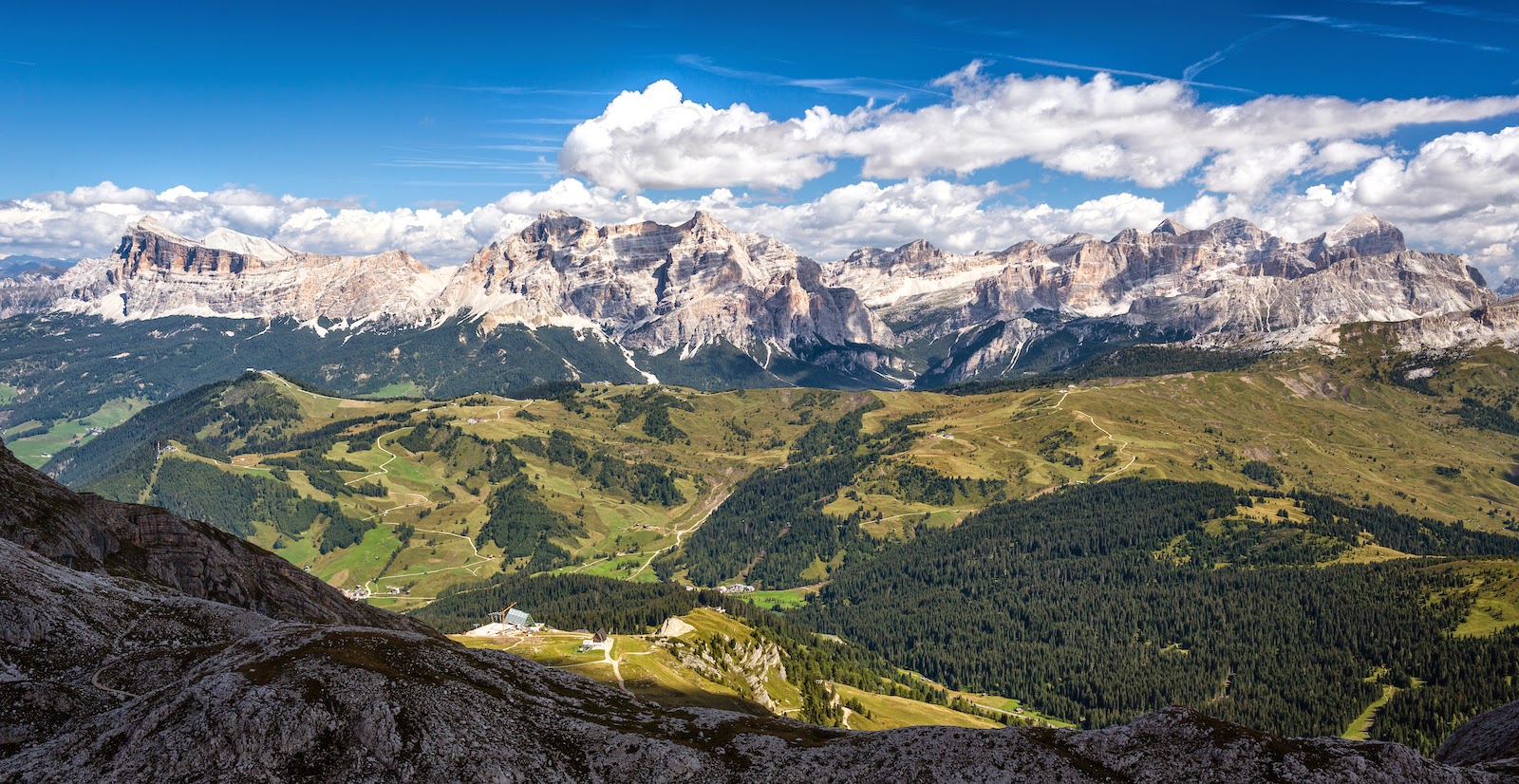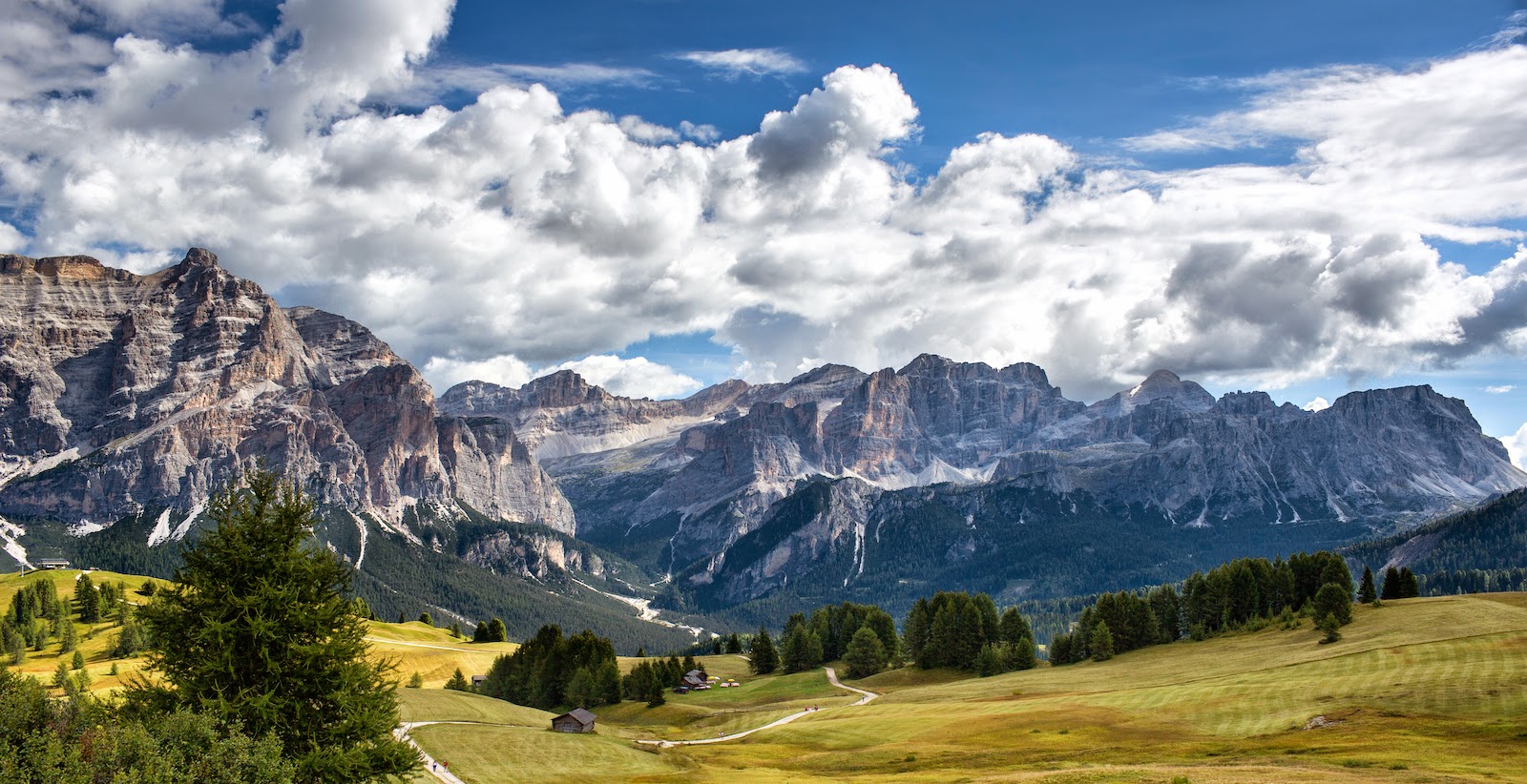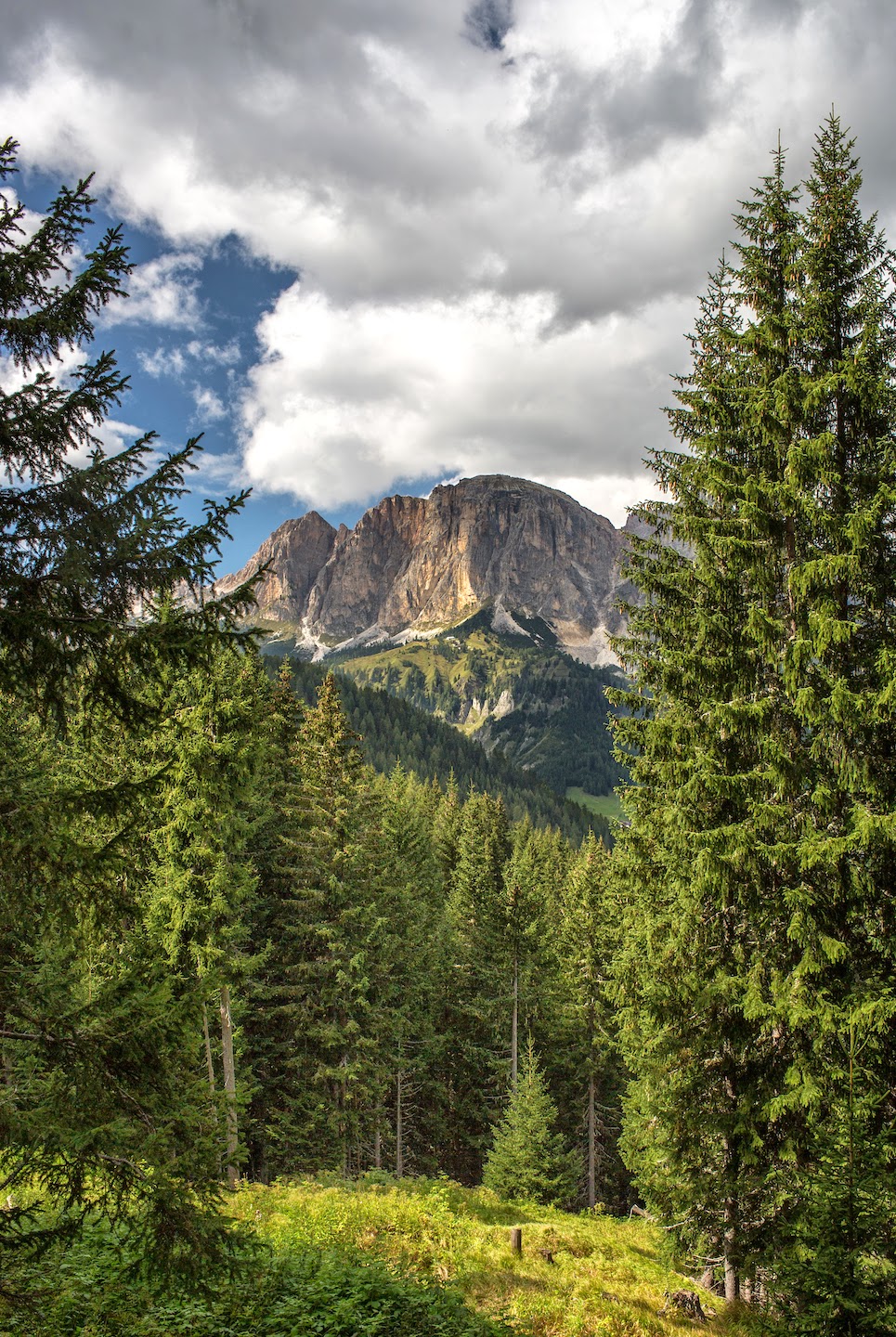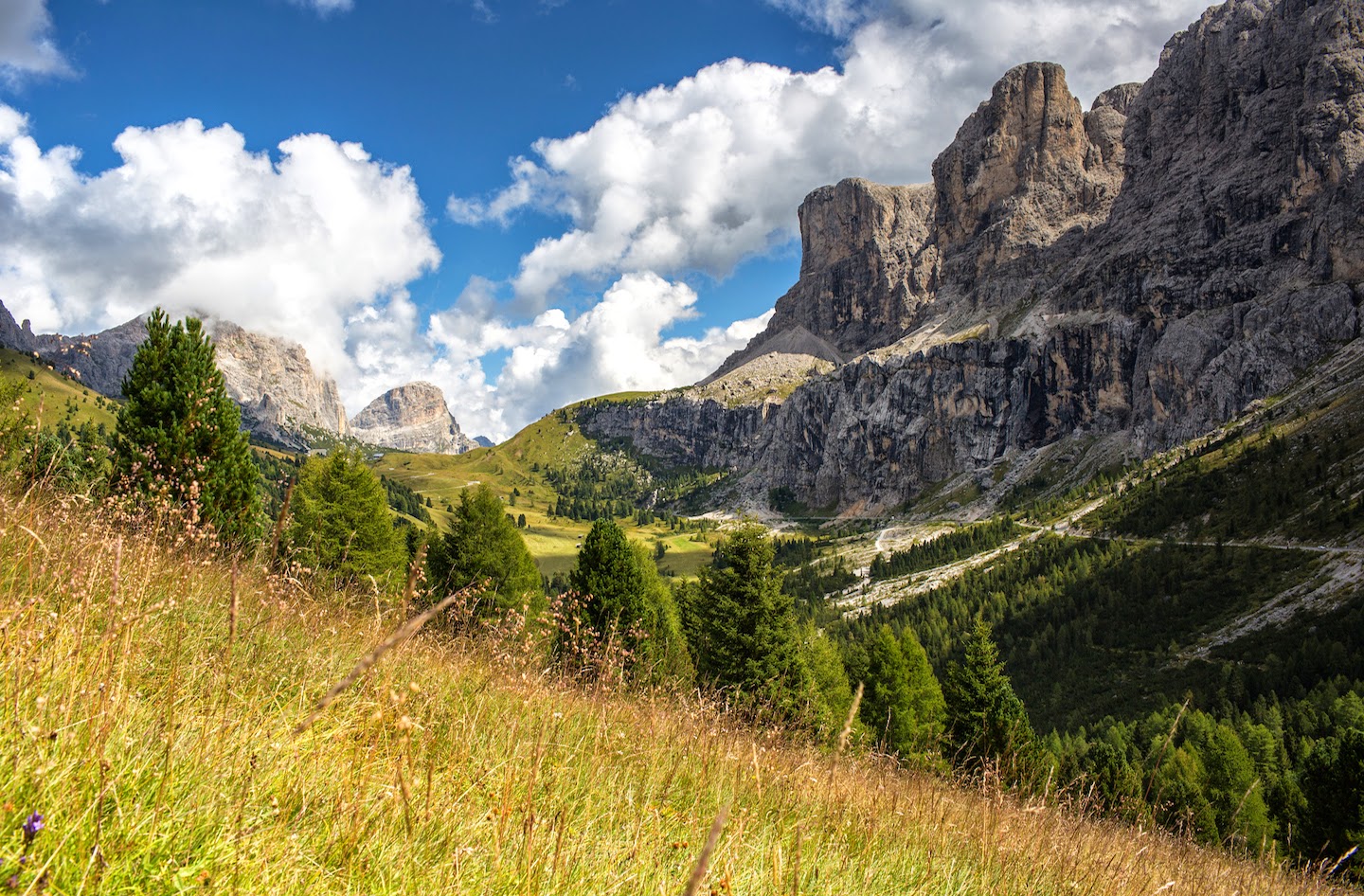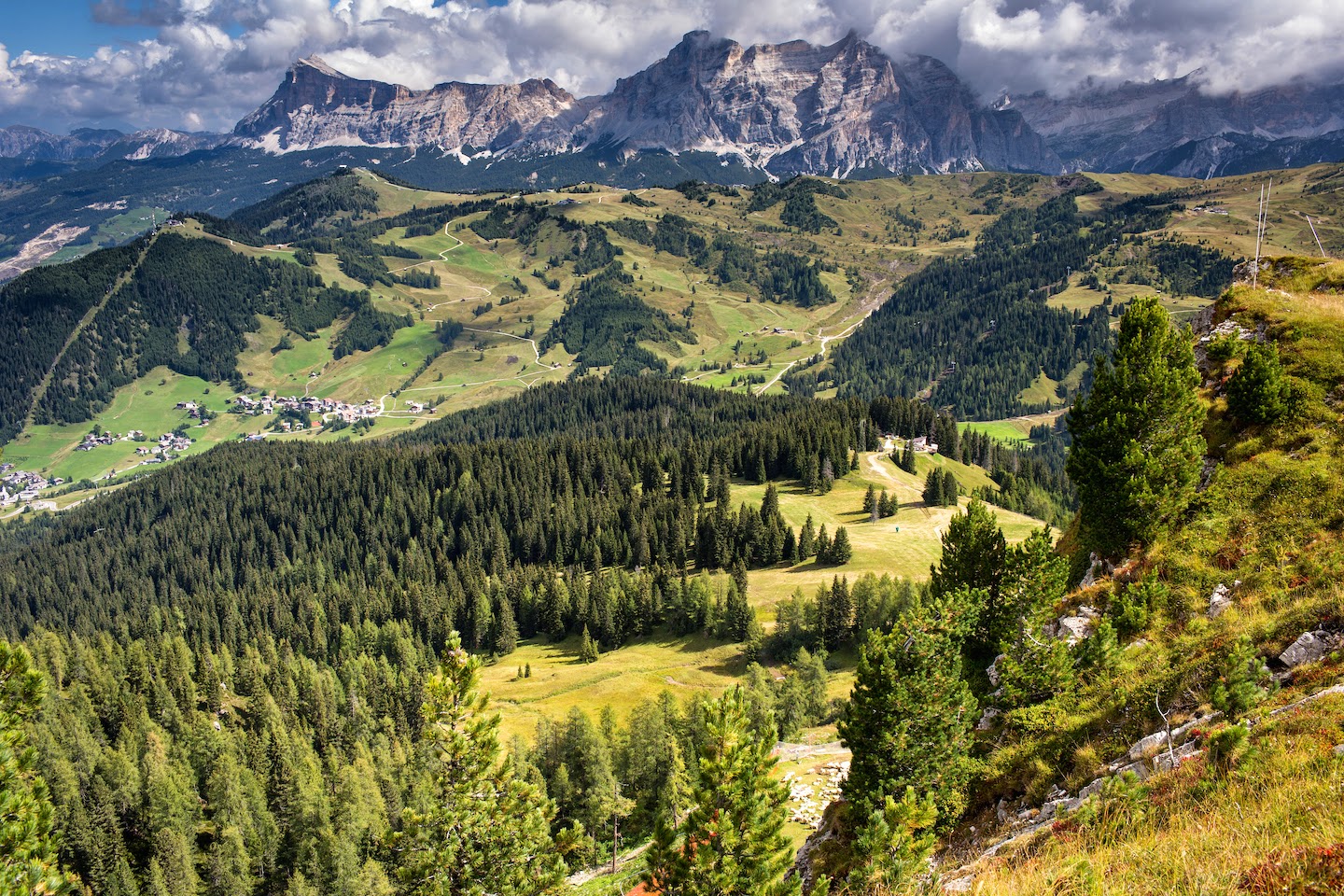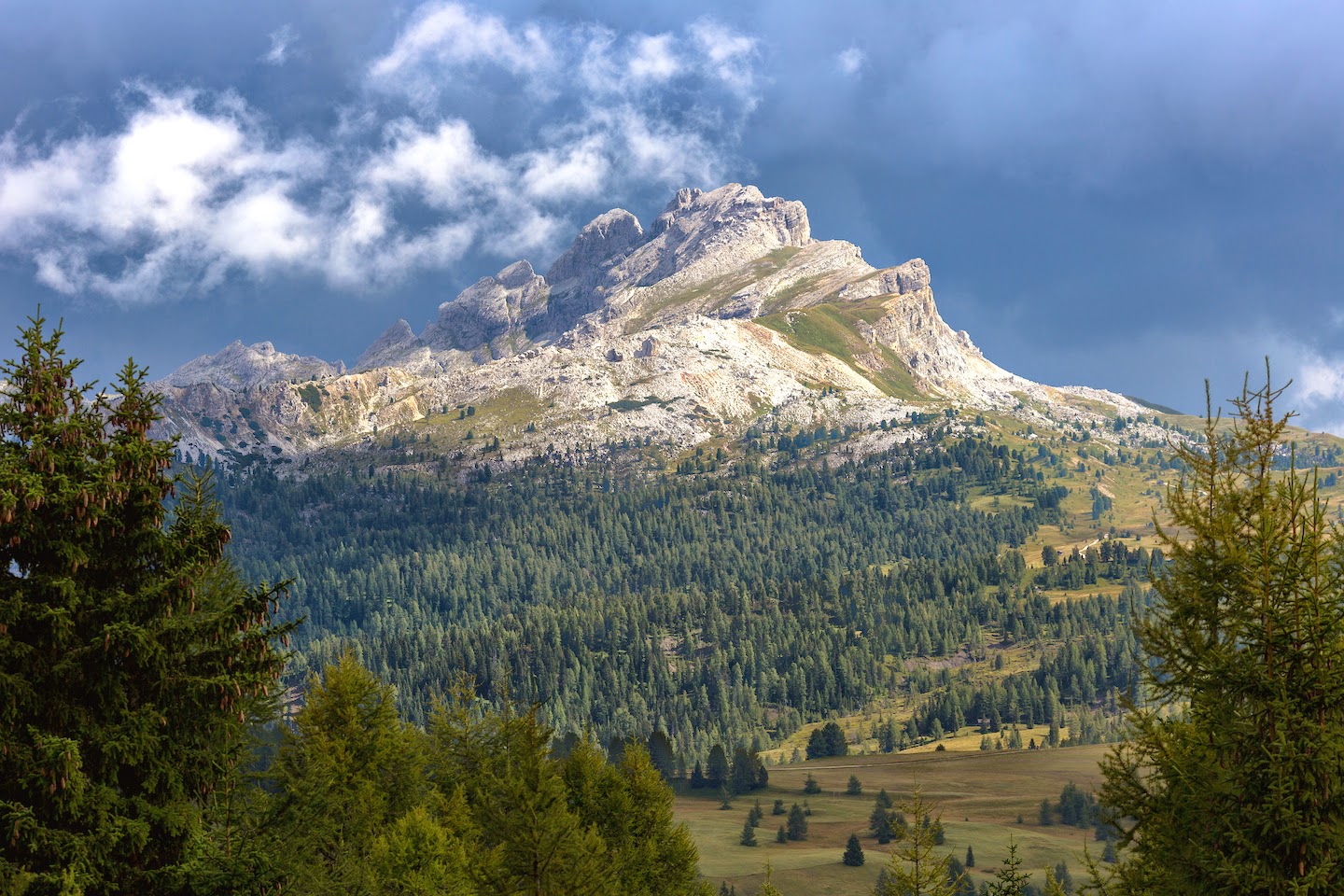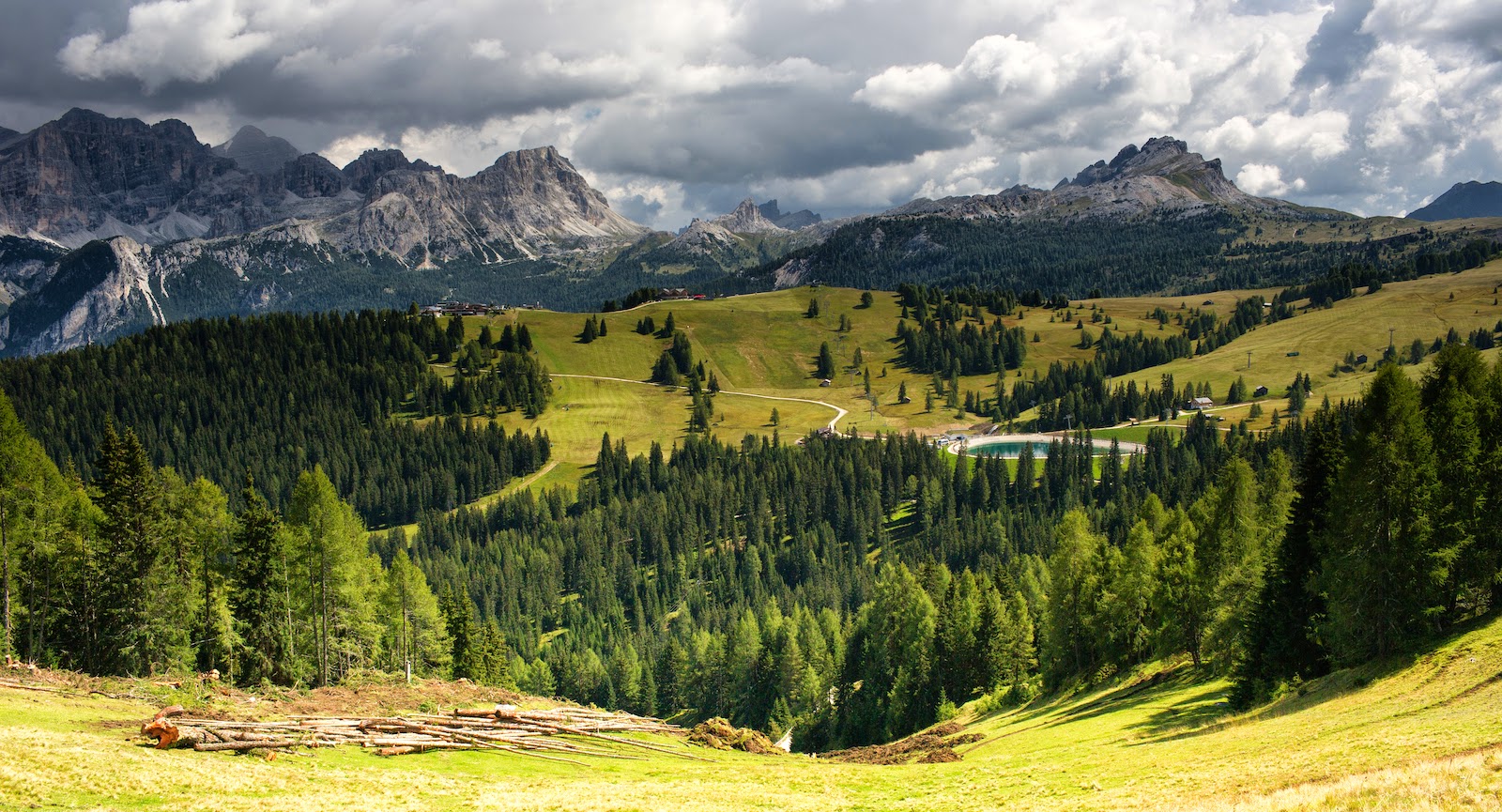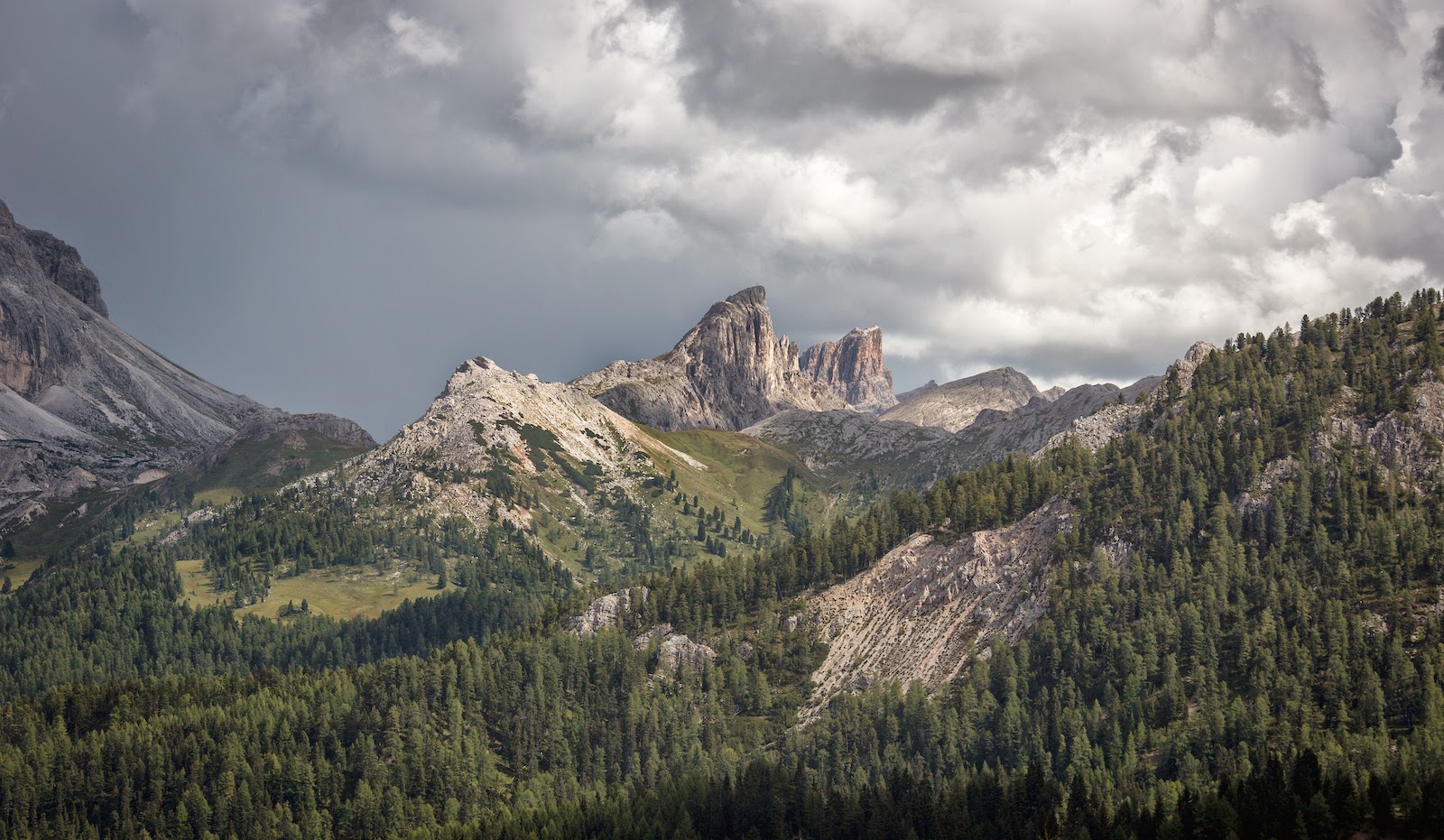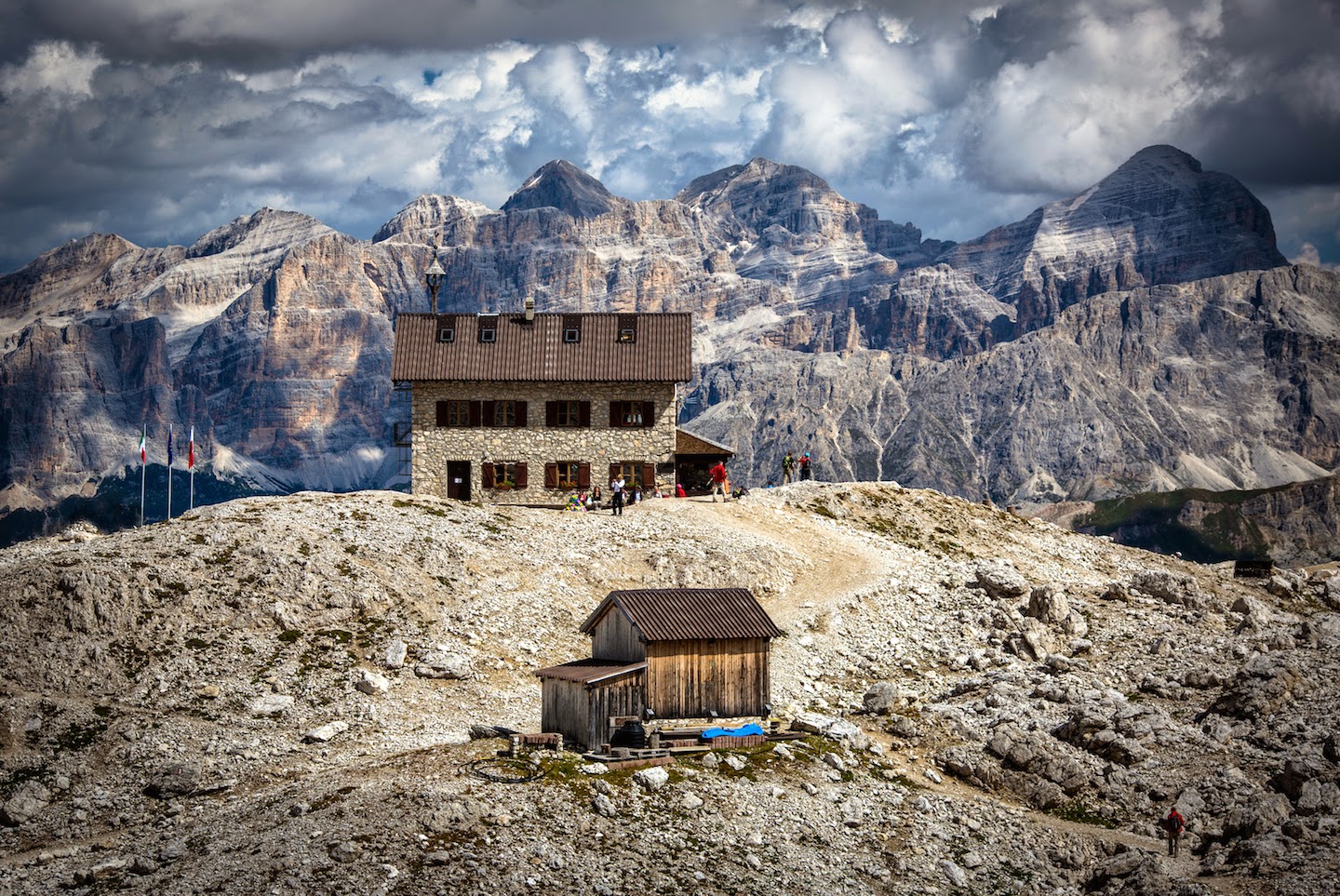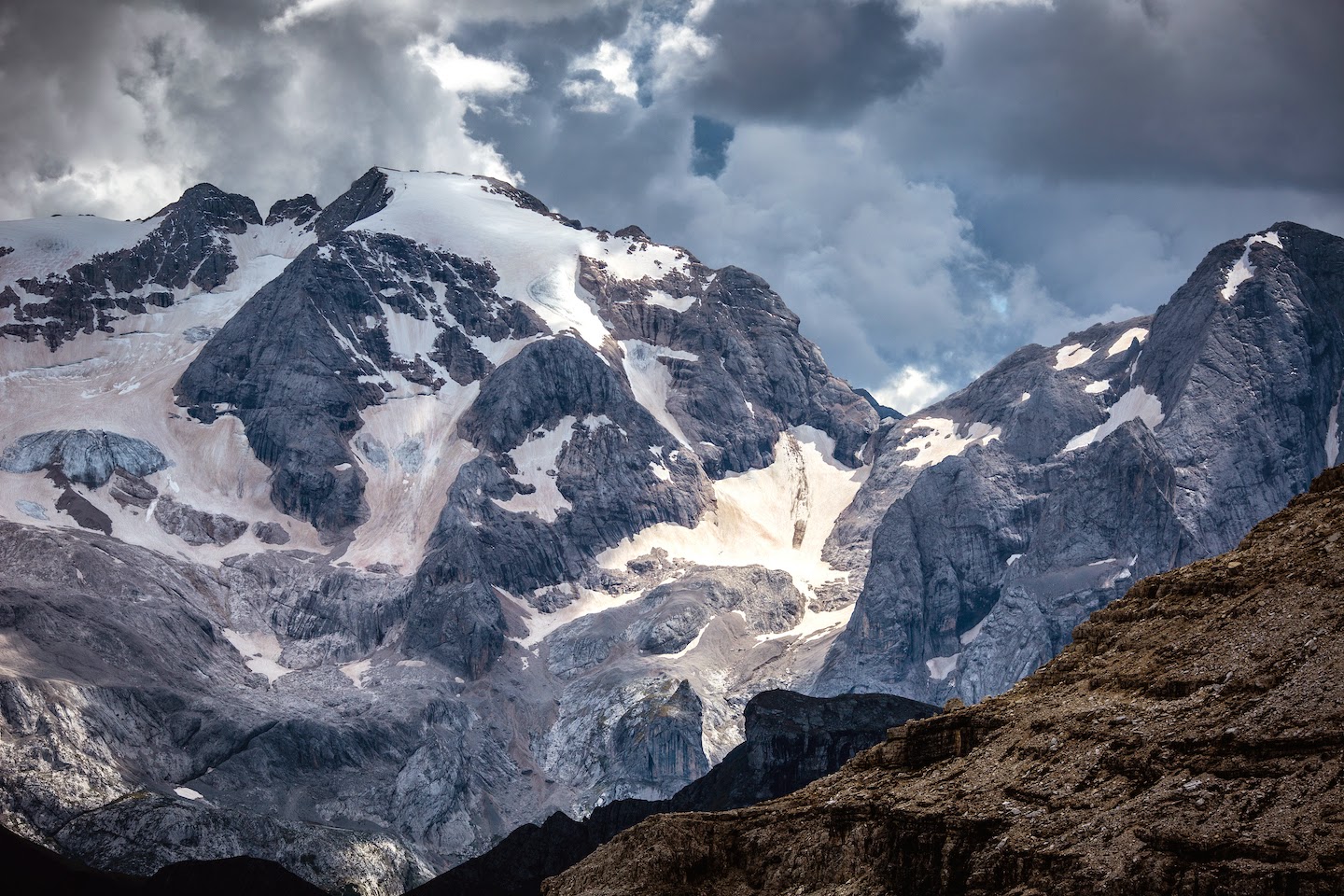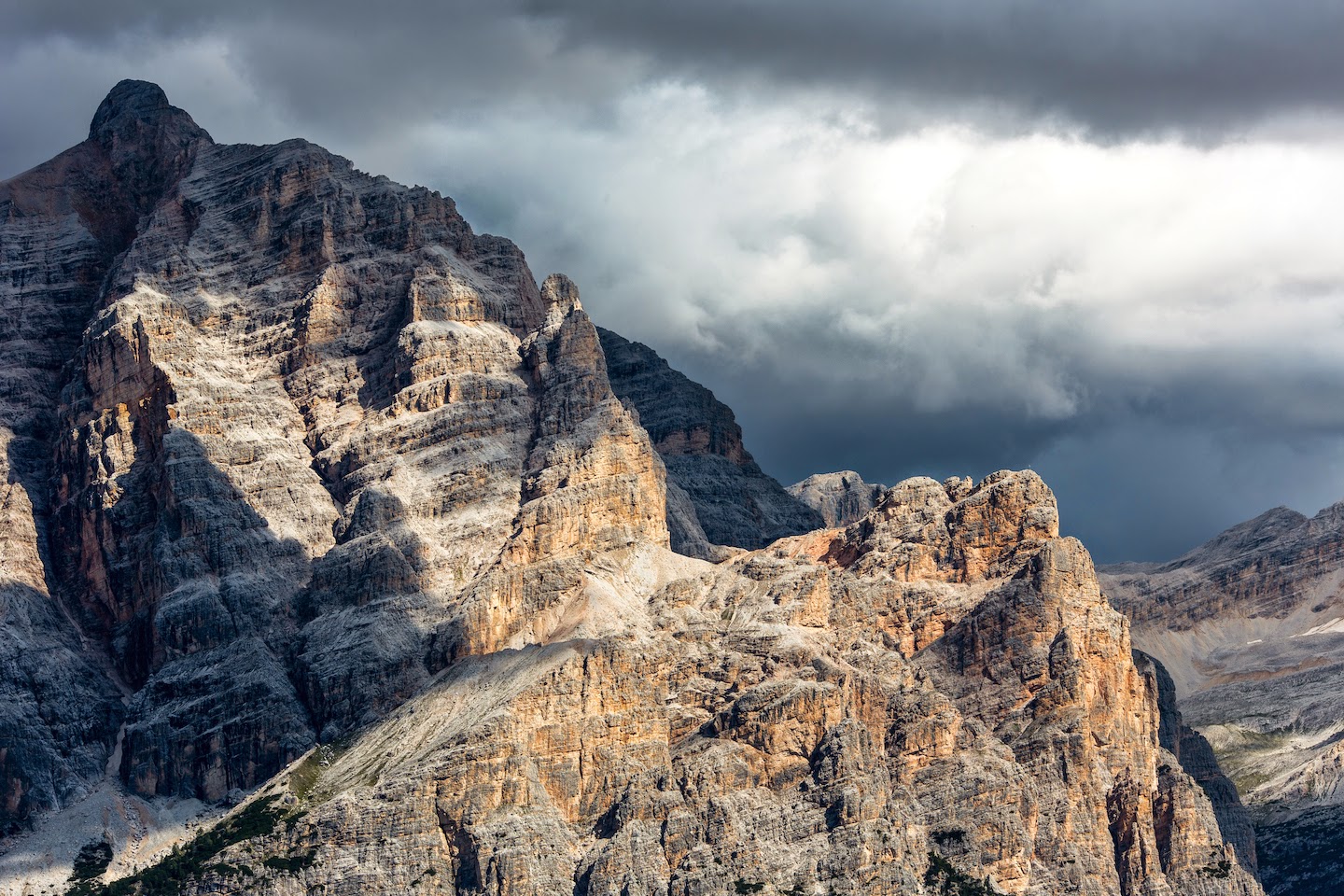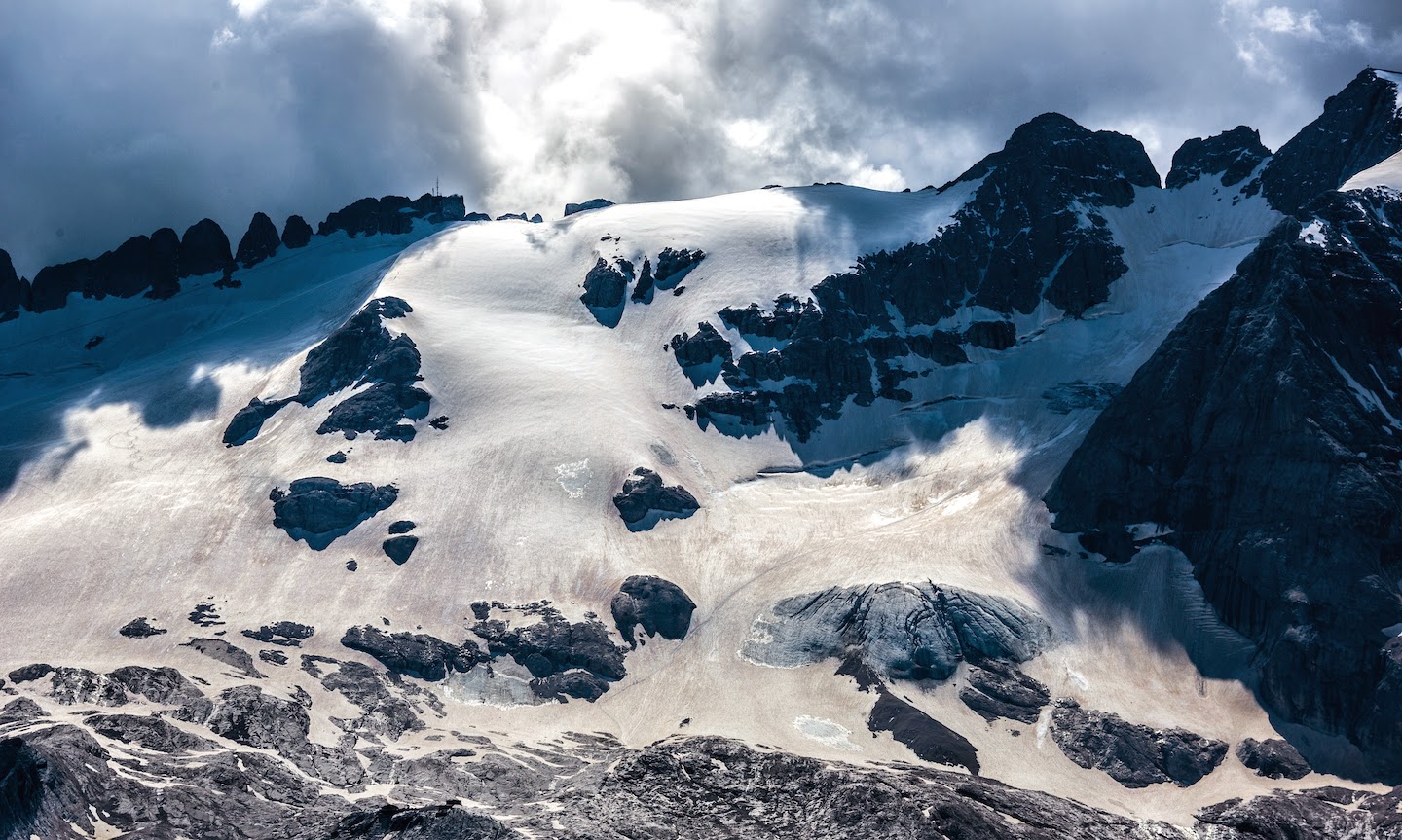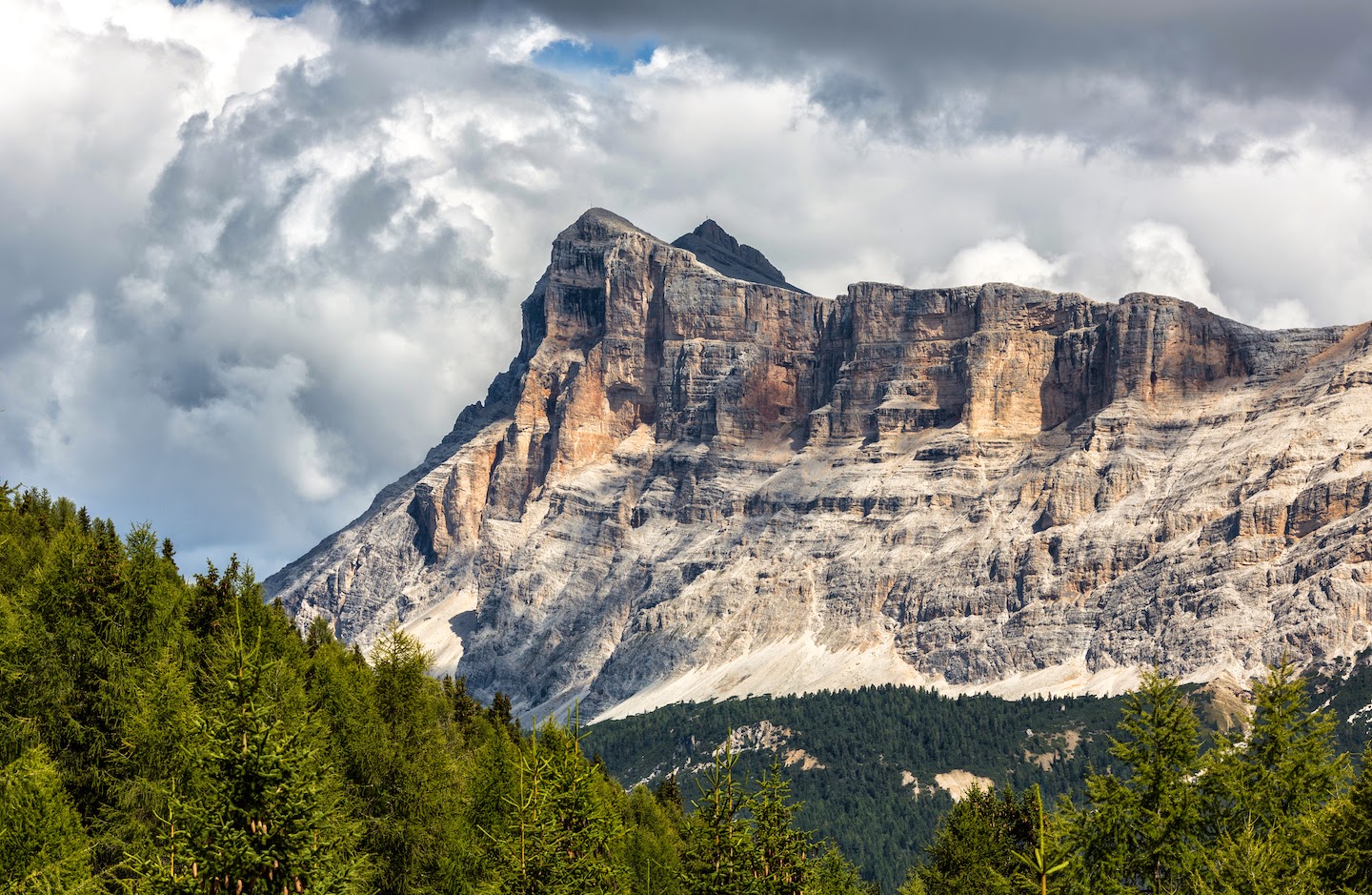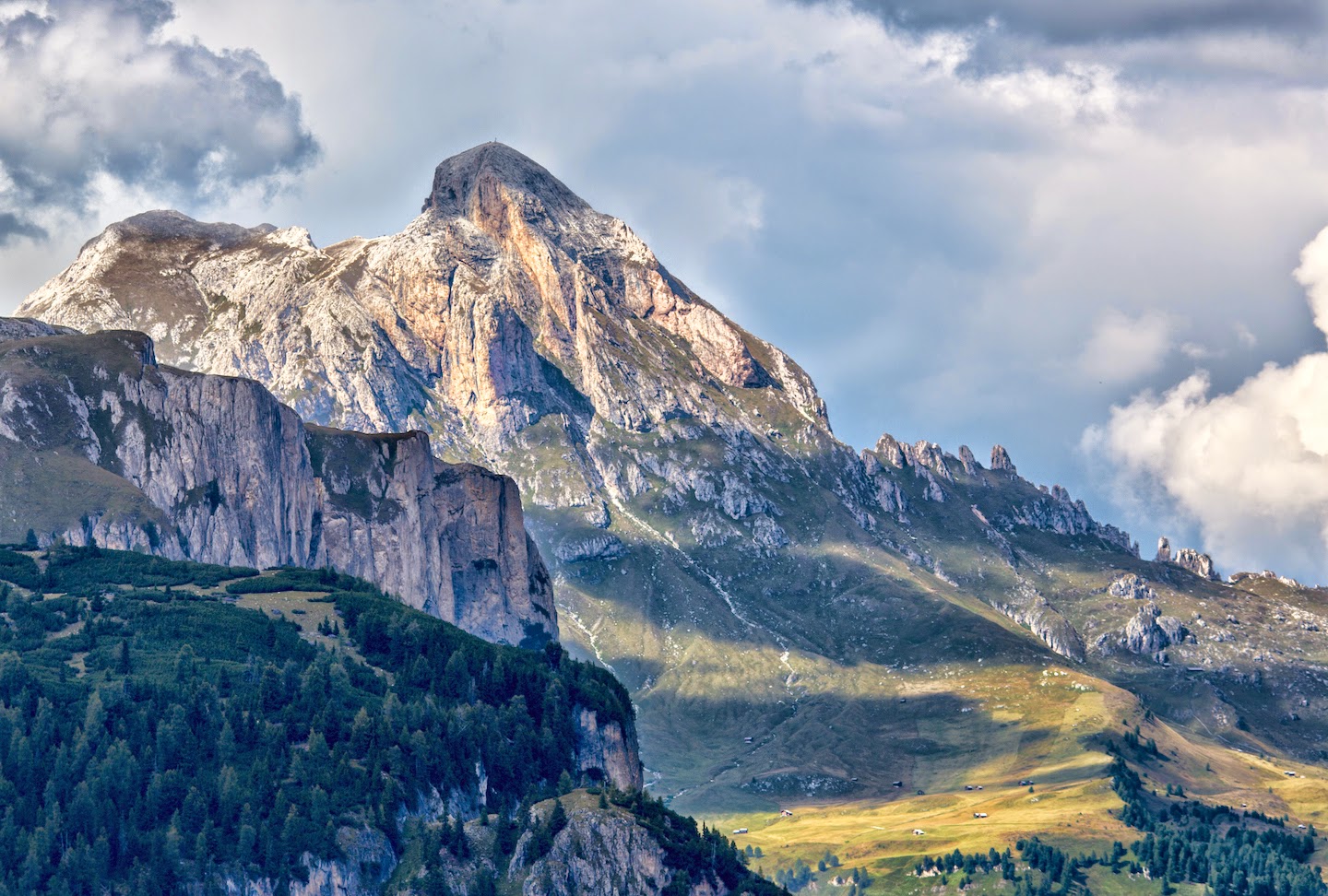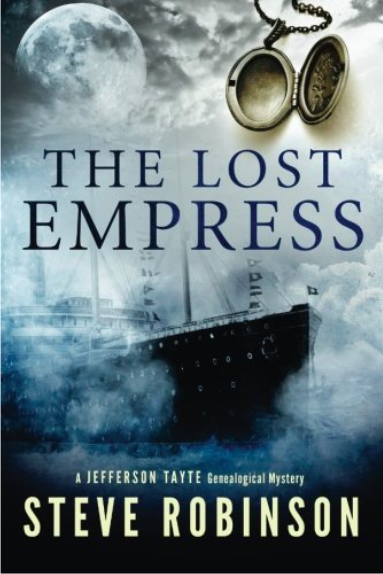Technology is changing the way genealogists conduct their research. But in the long term, is it changing for better or for worse?
I came across a quote on Goodreads today. It's a conversation from the third book in my Jefferson Tayte genealogical mystery series, The Last Queen of England, and once again it got me thinking about the way family historians of the future will go about their research.
Here it is:
‘So what’s your topic for tomorrow?’ Tayte asked, changing the subject. Marcus had been a key speaker at the genealogy convention for many years, and this year Tayte knew he had something controversial planned.
‘Technology,’ Marcus said, relaxing again. ‘Specifically the World Wide Web and how it’s changing the way we genealogists do our job—and not necessarily for the better.’
Jean seemed surprised by his negativity. ‘Surely the Internet’s making things easier, isn’t it?’
Tayte agreed.
‘In many ways, yes,’ Marcus said. ‘Access to archives has never been easier, but there are serious downsides. There’s a price to pay.’
‘How so?’ Tayte asked.
‘Well, take e-mail for example. People don’t write to each other anymore, do they? Once my generation’s gone, the written letter will be consigned to social history. Tell me, Jefferson. When did you last write a letter?’
Tayte had to think about it. When the occasion came to him, he smiled, wide and cheesy. ‘It was to you,’ he said. ‘I wrote you on your sixtieth birthday.’
‘That was five years ago.’
‘I still wrote you.’
Marcus looked sympathetic. ‘It was an e-mail.’
‘Was it?’
Marcus nodded. ‘You see my point? Letters are key to genealogical research, and they’re becoming obsolete. Photographs are going the same way.’ He looked genuinely saddened by the thought. ‘How many connections have you made going through boxes of old letters and faded sepia photographs? How many assignments would have fallen flat without them?’
‘Too many,’ Tayte agreed.
‘I can’t see genealogists of the future fervently poring over their clients’ old e-mails, can you? Where’s the fun in that? Where’s the excitement and the scent of time that so often accompanies the discovery?’
He had Tayte there, too. Tayte’s methods were straight out of the ‘Marcus Brown School of Family History.’ Tripping back into the past through an old letter and a few photographs represented everything he loved about his work. It wouldn’t be the same without the sensory triggers he currently took for granted.
‘So what’s the answer?’ Jean said.
‘I can’t see genealogists of the future fervently poring over their clients’ old e-mails, can you? Where’s the fun in that? Where’s the excitement and the scent of time that so often accompanies the discovery?’
He had Tayte there, too. Tayte’s methods were straight out of the ‘Marcus Brown School of Family History.’ Tripping back into the past through an old letter and a few photographs represented everything he loved about his work. It wouldn’t be the same without the sensory triggers he currently took for granted.
‘So what’s the answer?’ Jean said.
Technology is certainly changing things. On one hand, and while we're in transition, it appears to be for the better as we genuinely have the best of both worlds. The old photographs and letters still exist, waiting to be discovered, and access to archives really has never been easier. It also seems that every week a new online resource is made available to us, which we can search from the comfort of our homes. All good stuff then...
But what about those old photographs and the letters we currently take for granted? The vast majority of those memories - those connections to the past - will someday only be available on personal hard drives in the form of digital photos snapped with our cameras, and emails locked in a folder that is all too easily deleted or otherwise destroyed in time. We take more photographs nowadays of course, and many are uploaded to the internet, potentially making research easier. But what happens to all that data when a person dies and their website or blog expires - their personal computer sold on or destroyed? Perhaps the important data will be handed down, much as we've become accustomed to handing down family photo albums and personal letters. But I do wonder.
I love technology, and ultimately I think it will continue to make genealogical research better. But this has certainly got me thinking. How will technology shape things for the genealogist of the future?
What do you think? I'd love to know.








